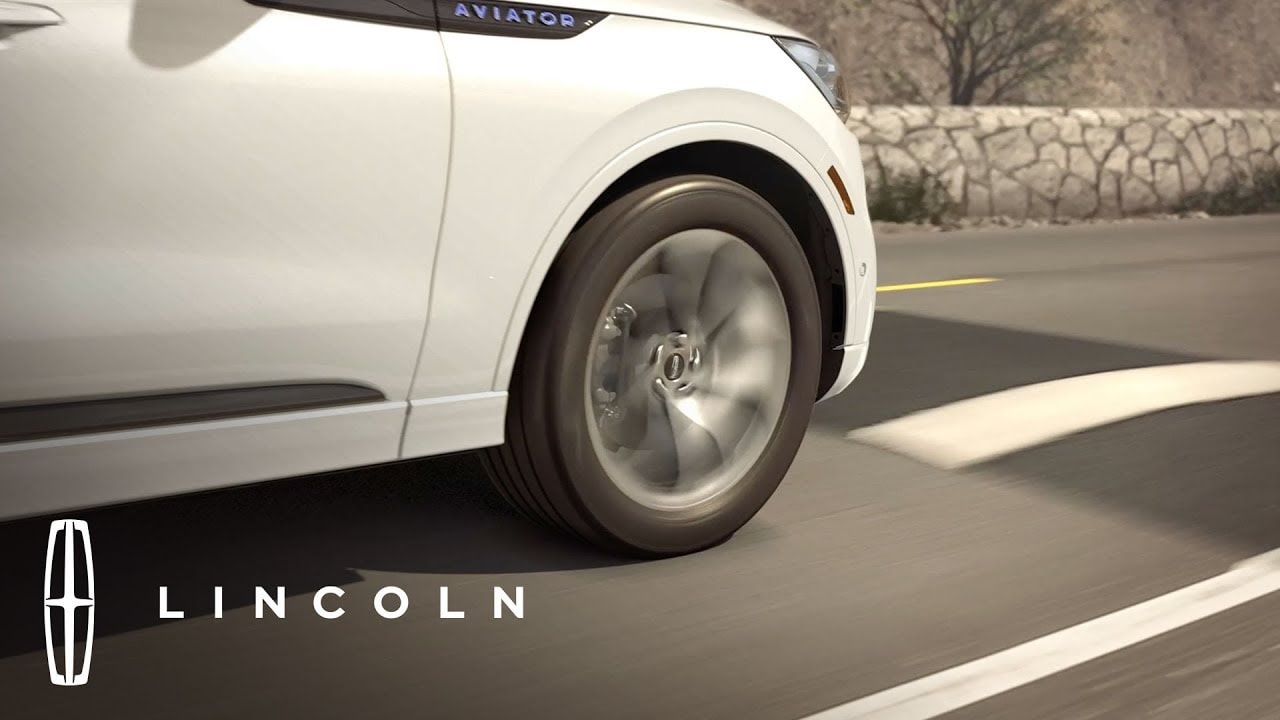
The adaptive suspension in your Lincoln revolutionizes how you experience the road beneath you. This smart system adjusts your vehicle's suspension as you drive. It gives you the best ride comfort and handling regardless of the road conditions. Lincoln's adaptive suspension uses advanced sensors and instant data processing, turning bumpy journeys into smooth rides, raising the bar for luxury vehicle performance.
Understanding Lincoln's Adaptive Suspension System
Lincoln's adaptive suspension system continuously adapts to match both the road and your driving style. This technology sits at the core of Lincoln's promise to deliver superior comfort in the luxury car market.
How Lincoln's Adaptive Suspension Works
The system relies on 12 high-precision sensors that constantly track your vehicle's movements, monitoring body motion, steering, acceleration, and braking to build a complete picture of your car's behavior. These sensors scan the road up to 500 times per second and use this data to allow the suspension to react to road changes instantly, smoothing out bumps and dips before you feel them.
Several components work together to constantly adjust how your suspension behaves, including sensors, springs, and control modules. All this happens as you drive, making sure your Lincoln always strikes the perfect balance between comfort and control.
Depending on your model, coil or air springs absorb shock from uneven terrain and adjust ride height. The system also includes height sensors, a control module, and air lines. Since you can quickly change the ride height and damping settings, your Lincoln can easily handle smooth freeways and rough country roads.
Integration With Vehicle Dynamics
Lincoln's adaptive suspension system doesn't work alone — it's connected with other vehicle systems. The suspension coordinates with the engine, transmission, and other key parts to ensure your Lincoln always delivers optimal performance, whether you're cruising California highways or navigating city streets. Lincoln Drive Modes is a cool feature that lets you customize your driving experience, with the suspension changing to match your selected mode. Whether you want a soft, comfortable ride for road trips or more responsive handling for off-road driving, it's flexible enough to fit your needs.
Lincoln Adaptive Suspension vs. Traditional Suspension Systems
Traditional suspensions use fixed springs and dampers that can't be adjusted to suit different road conditions or preferences. On the other hand, adaptive suspension systems adapt in real-time to various terrains. This adaptability means Lincoln vehicles offer ride comfort and handling that traditional setups can't match. Each wheel also adjusts independently for enhanced comfort and control, even on extremely bumpy roads. This responsiveness is why Lincoln's system delivers a better ride compared to traditional suspensions.
Differences Between Adaptive and Air Suspension
Both adaptive suspension and air suspension improve ride quality, but they work differently. Air suspension systems use compressed air to support vehicle weight and adjust ride height. This allows for big changes in height, which helps with off-road driving or aerodynamics at highway speeds. Air suspension gives a smooth ride but might not handle as responsively as some adaptive systems.
Typically, adaptive suspension systems use traditional coil springs paired with advanced damping technology, offering a more nuanced approach to balancing comfort and responsiveness. These systems make quick adjustments based on road conditions and driving style, delivering great performance across many scenarios. Some Lincoln models combine these technologies, using both air springs and adaptive damping to deliver an outstanding driving experience.
Advantages Over Conventional Suspension Systems
Lincoln's adaptive suspension offers many significant benefits over conventional systems. Improved ride comfort across various road types is an obvious benefit. You also experience better handling and stability during cornering or sudden maneuvers, as the system quickly adjusts to keep your tires firmly on the road.
The system also reduces body roll and improves aerodynamics at higher speeds. On highways, lowering the ride height can improve fuel efficiency while making your ride more stable. Plus, being able to tailor your ride to personal preferences adds versatility that conventional systems can't offer. All these benefits create a ride that's more comfortable, controlled, and fun.
How Lincoln's Road Preview Technology Assists Adaptive Suspension
Lincoln's Road Preview technology takes adaptive suspension to another level. This system uses a front-facing camera to scan the road ahead, reading the surface nearly 50 feet in front of your vehicle. Anticipating road conditions in real time, the Road Preview system can spot potholes or speed bumps 2 to 8 inches high. Rather than just reacting to bumps as they happen, the suspension can prepare for upcoming obstacles in advance to reduce impact, improve comfort, and potentially prevent vehicle damage.
For example, when it senses a wheel about to drop into a hole, it signals the suspension to firm up the shock absorber. This forward-thinking approach is why Lincoln consistently delivers comfortable and smooth rides, even on challenging roads.
Experience Lincoln's Adaptive Suspension at Jim Burke Lincoln Today
Lincoln's adaptive suspension marks a huge leap forward in car technology, offering ride comfort and handling that was once just a dream. By constantly adjusting to road conditions and your inputs, it transforms every drive into a smooth, controlled ride. Features such as Road Preview show the brand's dedication to innovation.
If you're looking for a luxury vehicle with top-notch ride quality, why don't you try Lincoln's adaptive suspension for yourself? Drop by Jim Burke Lincoln in Bakersfield to test-drive a new or preowned Lincoln and feel the difference with your own hands on the wheel.